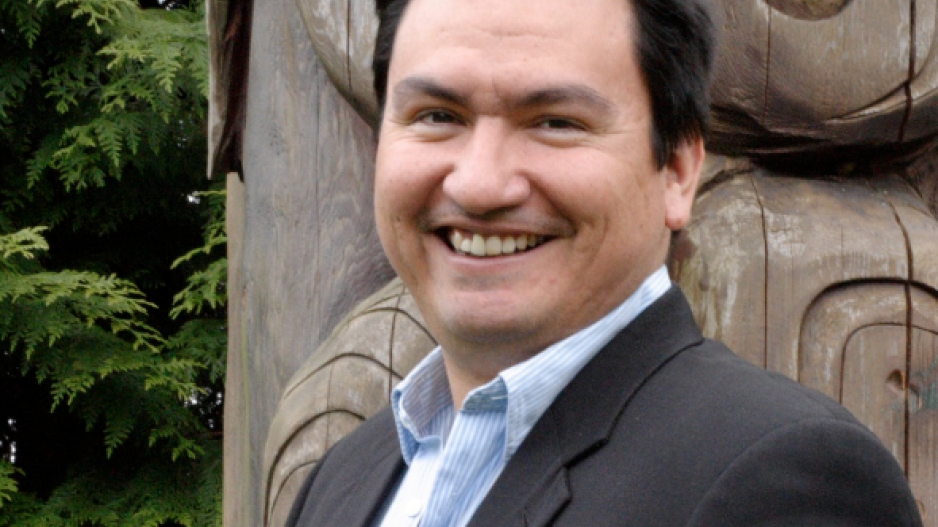When Chief Ian Campbell goes hunting in his ancestral Squamish Nation lands, he sees little reason not to have all the same equipment other hunters are packing. In his case, it’s a 7-mm Remington Magnum.
“I don’t use a bow and arrow,” he said. “That doesn’t make me any less Squamish because I utilize modern tools.”
That same ethos applies to modern governance on the First Nation’s lands, as increasingly complex land referral systems make it virtually impossible to cling to the same methods in place just a decade ago.
Campbell said one of the biggest challenges facing the Squamish Nation is using technology, or “modern smoke signals” as he calls it, to manage referrals and promote transparency.
“One of the primary concerns we hear from our membership consistently is that they want to be involved, that they want to be informed. They don’t want to learn of the Nation’s business interests through the media,” Campbell said.
“How do we utilize tools effectively to allow membership the opportunity to participate more thoroughly?”
It’s a challenge Jeff Warwick has been tackling for more than a decade on Vancouver Island.
The CEO of Victoria’s CloverPoint, which specializes in land-management software, has been consulting with First Nations across B.C. to update their land referral systems.
He said he often finds groups have been following an ad hoc process based around Excel sheets.
But upgrading the land referrals system was particularly challenging for the Squamish Nation, which has valuable land covering both rural and urban areas that left it “inundated” with referrals, according to Warwick.
“So you know, a stack of papers on your desk of someone wanting to come in for something as simple as ‘I want to do a bike race or have an event or a picnic’ to something as high-end as Woodfibre LNG,” he said.
“This information [is] just building up and the left hand not knowing what the right hand’s doing, and that puts them in almost a paralyzed sort of scenario as they were trying to move their rights and titles forward.”
CloverPoint worked with the Squamish Nation to implement land referral software that collects data on the ground, documenting everything from the topography to the traditional lands on which people would hunt and fish.
“If someone wants to put some sort of industry in, it might be in a very culturally sensitive area that First Nation isn’t interested in damaging,” Warwick said.
“They wouldn’t be able to see or know this information and have it a couple of mouse clicks away. It would take a lot longer for them to make these informed decisions.”
Campbell said adopting technology that makes governance more efficient is tied directly to the Squamish Nation’s vision of governing more responsibly.
He recalled a warehouse fire in the 1990s burning up hard copies of folders and filing cabinets’ worth of historical records and band resolutions. Campbell said there’s now little chance of that playing out once again.
“We’re not the only tribe in this predicament,” he said.
“First Nations in British Columbia, with consultation, are challenged with the same dilemmas with, ‘How do we effectively monitor and respond to the volume we’re faced with?’”
@reporton



